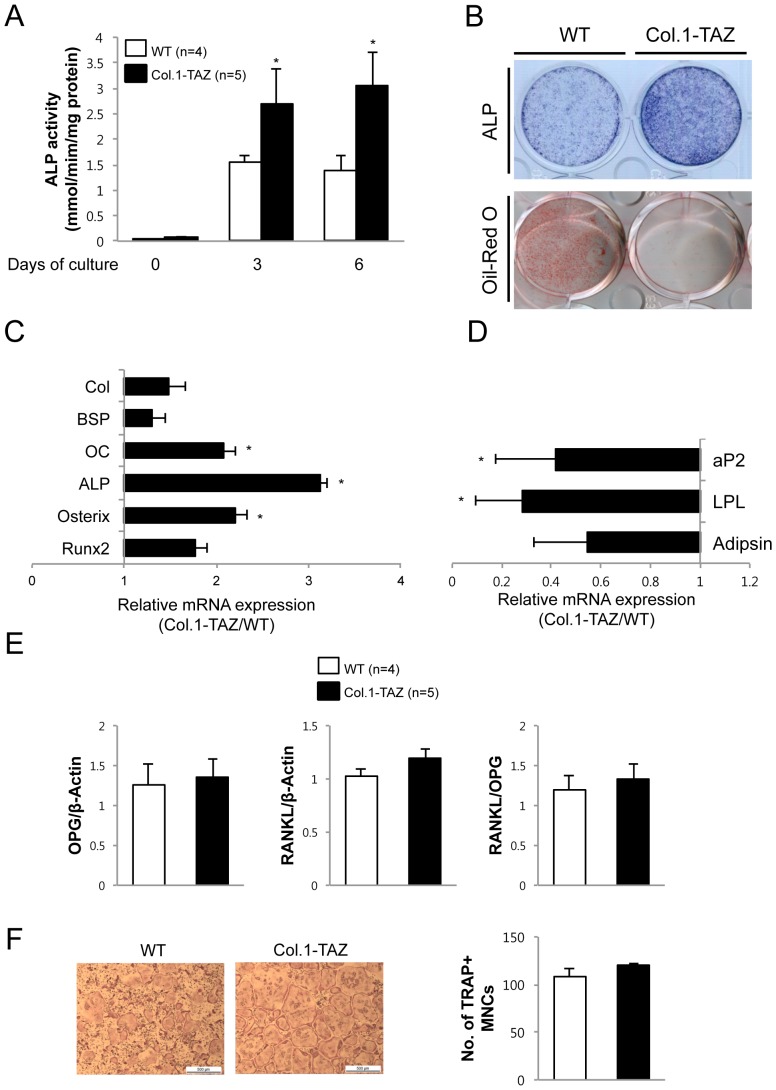Figure 4. TAZ overexpression enhances osteoblast differentiation but does not affect osteoclast formation in vitro.
(A) Calvarial cells from Col.1–TAZ mice or their wild-type littermates (WT) were cultured for 6 days in osteogenic medium (OM) including ascorbic acid and β-glycerophosphate. ALP activity was measured in the cell layer and normalized to cellular protein content. Data are expressed as means ± SD (* p<0.05 vs. WT) (B) The same sets of cells were cultured for 10 days in adipogenic medium containing 10 µg/ml insulin, 0.1 µM dexamethasone, and 0.2 mM 3-isobutyl-1-methylxanthine (IBMX), and stained with Oil Red O. (C) Total RNA was extracted from calvarial cells grown for 7 days in OM. The amount of mRNA for osteoblast marker gene was determined by real-time quantitative PCR and expressed as mRNA abundance in Col.1–TAZ mice relative to their WT littermates. (D) Total RNA was extracted from calvarial cells grown for 10 days in adipogenic medium. The amount of mRNA for adipogenic markers was determined by real-time quantitative PCR and expressed as mRNA abundance in Col.1–TAZ mice relative to their WT littermates. Data are expressed as means ± SD. * p<0.05 vs. WT (E) Quantitative RT-PCR analysis of RANKL and OPG gene expression and the ratio of RANKL∶OPG gene expression in calvarial cells. Data are expressed as means ± SD. (F) Representative TRAP-stained osteoclasts and the number of TRAP-positive multinucleated cells after 4∼5-day cultures of bone marrow macrophages (BMM) isolated from 6∼8-week old Col.1–TAZ mice and WT littermates in the presence of RANKL and M-CSF. Scale bar = 500 µm.

